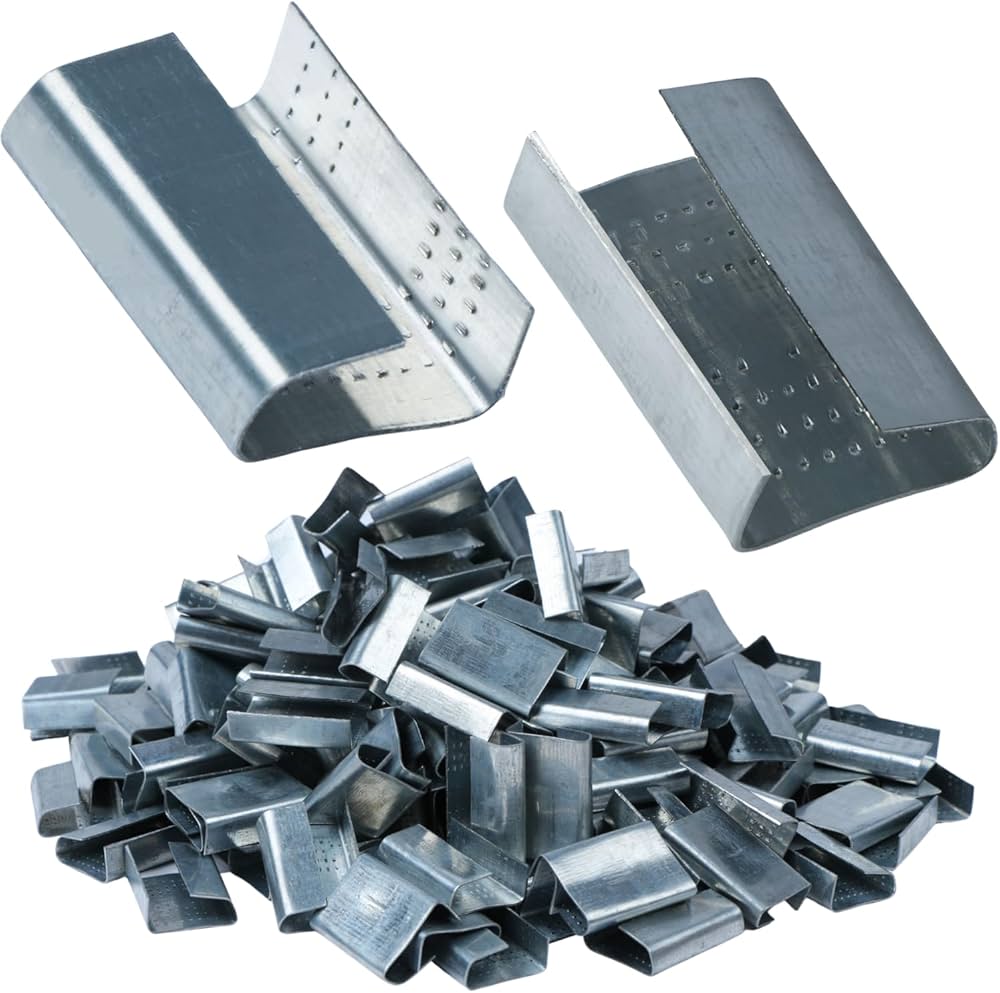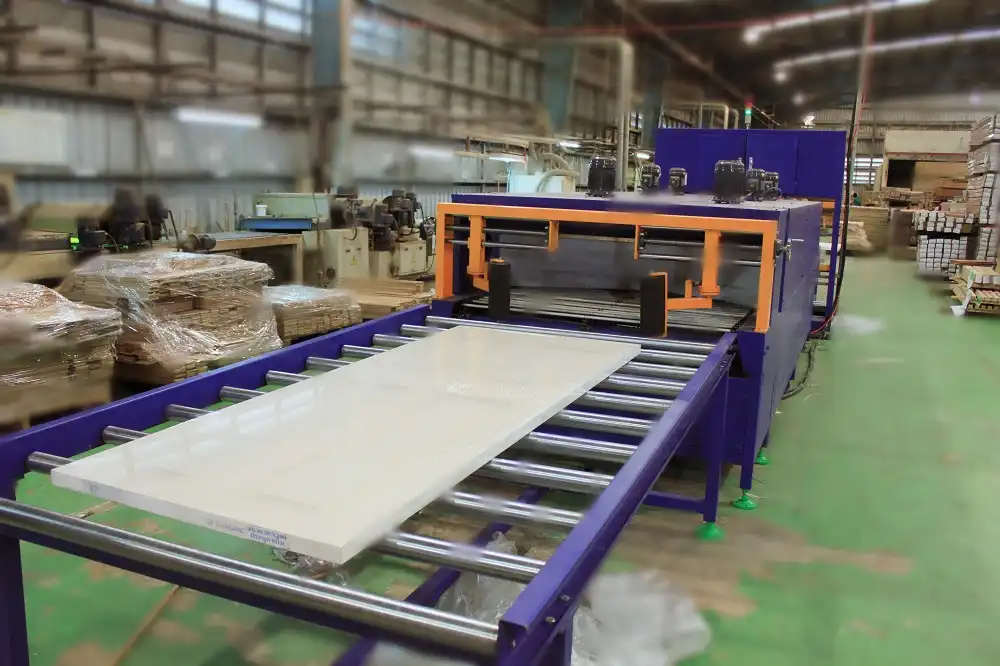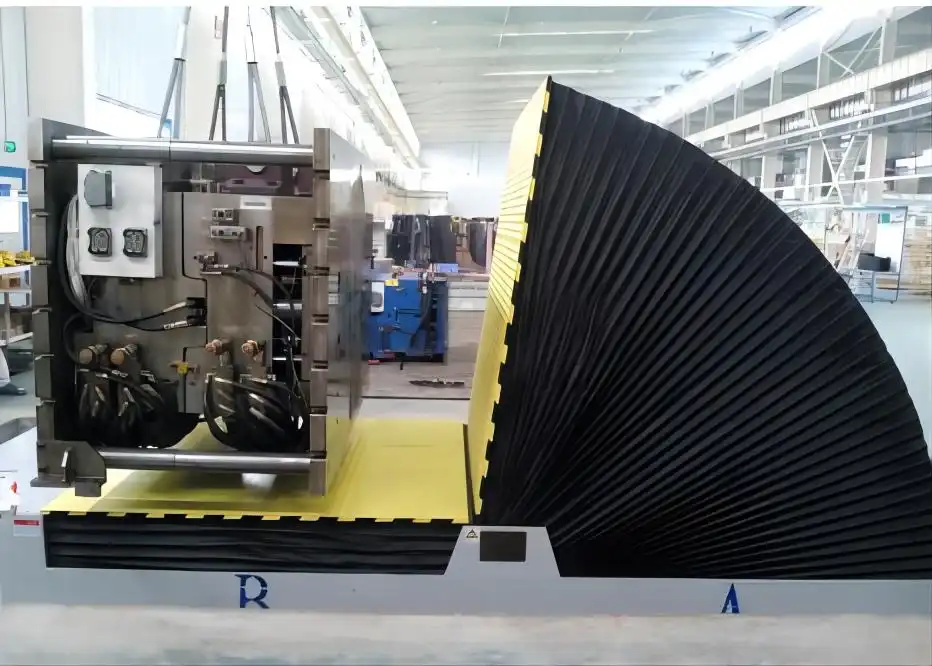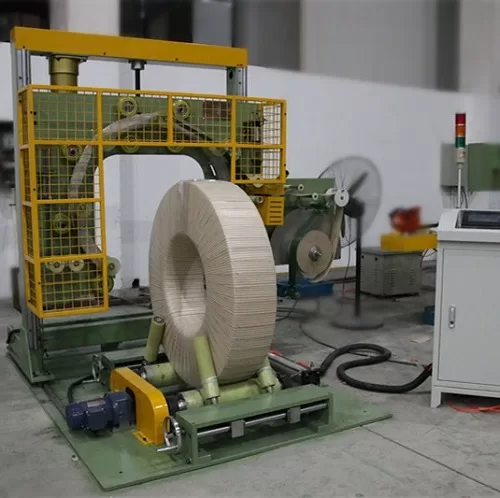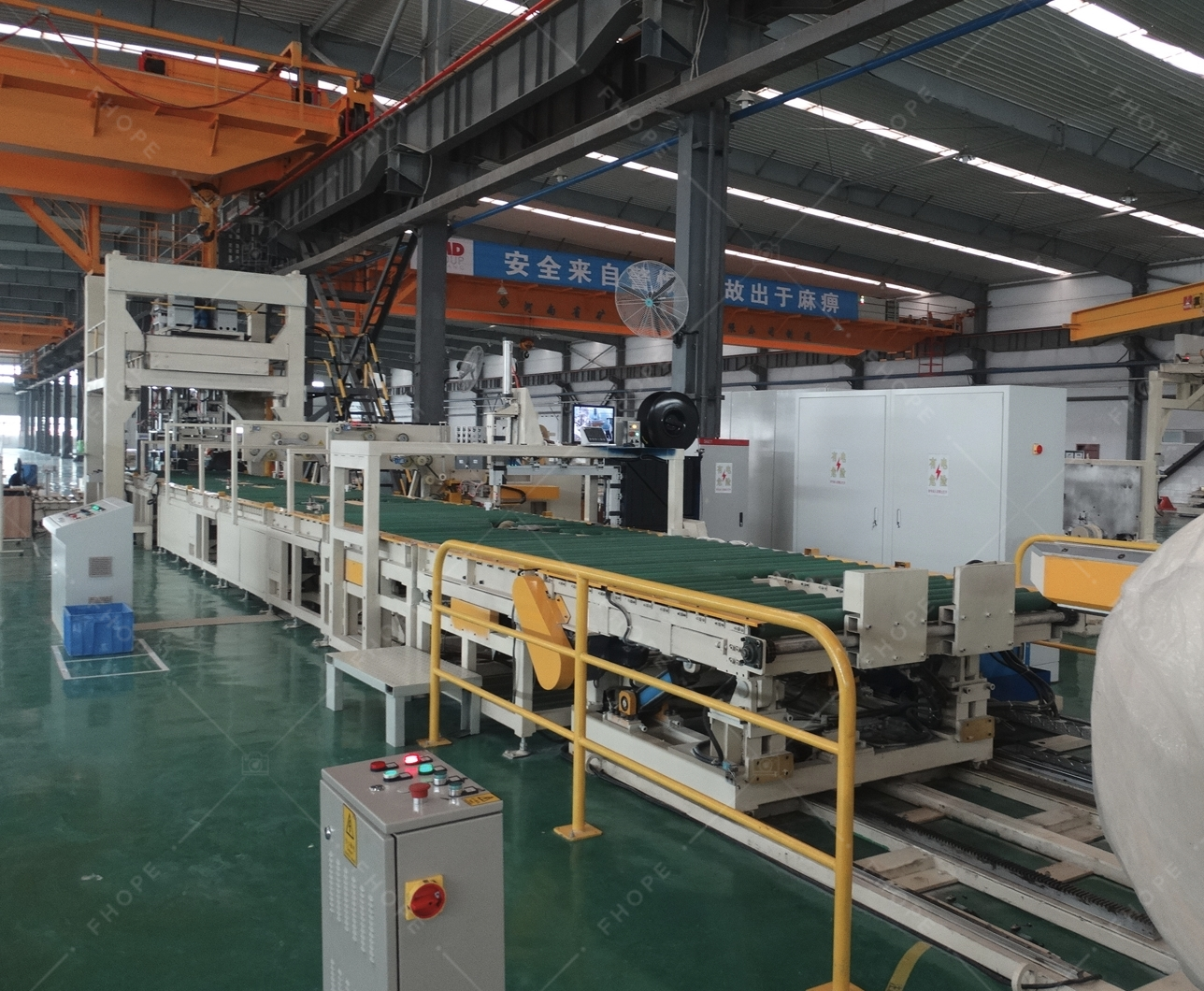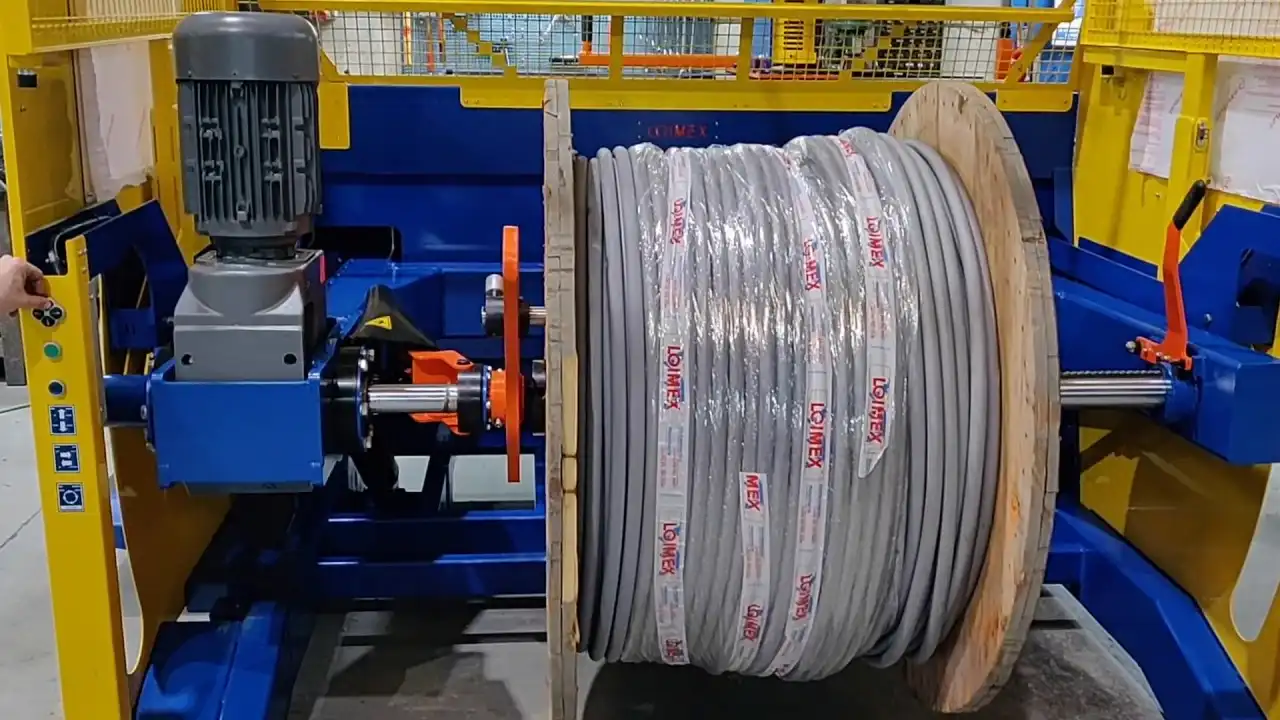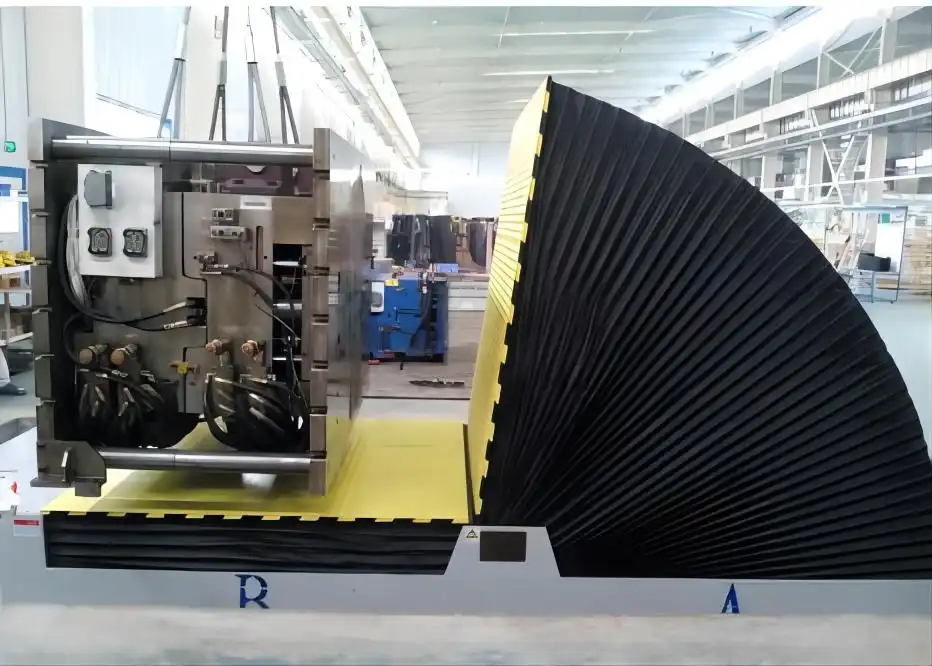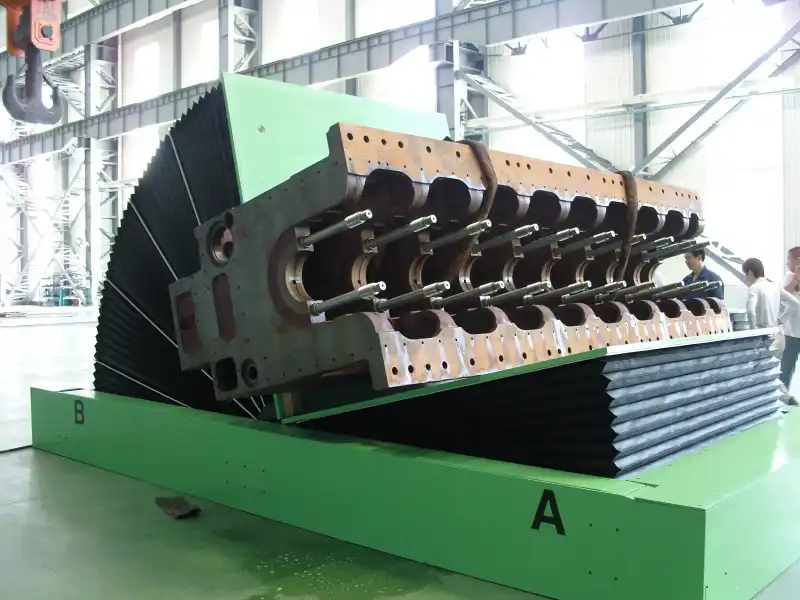Choosing the right strapping material is essential for securing heavy loads. This test report focuses on recycled steel strapping bands, examining their strength and durability to ensure they meet the demands of heavy-duty applications, contributing to a circular economy packaging solution.
Steel strapping has long been the workhorse of industries requiring robust and reliable load securement. But in today’s world, sustainability is just as important as strength. Recycled steel strapping bands offer a compelling solution, combining the inherent durability of steel with the eco-friendly advantages of recycled materials. This article delves into the key aspects of recycled steel strapping, covering its strengths, weaknesses, applications, and how it compares to alternative materials like PET and PP strapping.
Understanding Recycled Steel Strapping Bands
Recycled steel strapping is manufactured from post-consumer or post-industrial steel scrap, melted down and re-formed into strapping bands. This process significantly reduces the need for virgin materials, conserving natural resources and lowering the overall environmental impact.
The Strength and Durability Test: Key Findings
Here, we present an overview of the key findings on recycled steel strapping bands, which undergo various tests that assess their strength,durability, and usability.
- Tensile Strength: Recycled steel strapping consistently demonstrates high tensile strength, making it suitable for securing heavy loads.
- Elongation: Exhibits minimal elongation under tension, ensuring load stability during transport.
- Corrosion Resistance: Galvanized or coated options offer enhanced corrosion resistance for outdoor applications.
- Sharp Edge Resistance: Excels at securing loads with sharp or abrasive edges, minimizing the risk of strap failure.
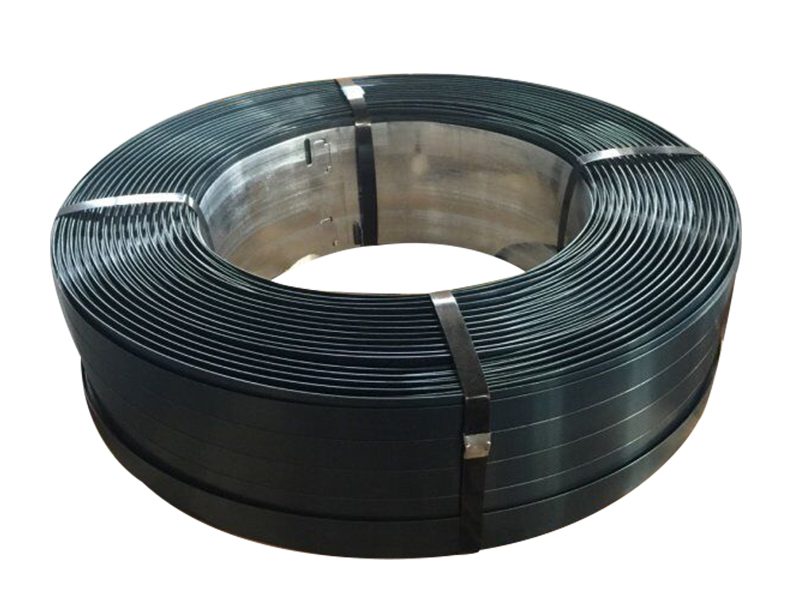
Why Choose Recycled Steel Strapping Bands?
- Superior Strength: Steel delivers unmatched tensile strength, making it ideal for heavy-duty applications.
- Durability and Reusability: Steel strapping is designed to withstand wear and tear and can be reused multiple times.
- Customization: Available in various widths, thicknesses, and finishes to meet specific requirements.
-
Sustainability: Made from recycled steel, contributing to a circular economy and reducing environmental impact.
Steel Strapping vs. PET and PP Strapping: A Comparison
While steel strapping offers unparalleled strength, other materials like PET (polyester) and PP (polypropylene) strapping have their own advantages. Here’s a comparative look:Feature Steel Strapping PET Strapping PP Strapping Tensile Strength Highest High Medium
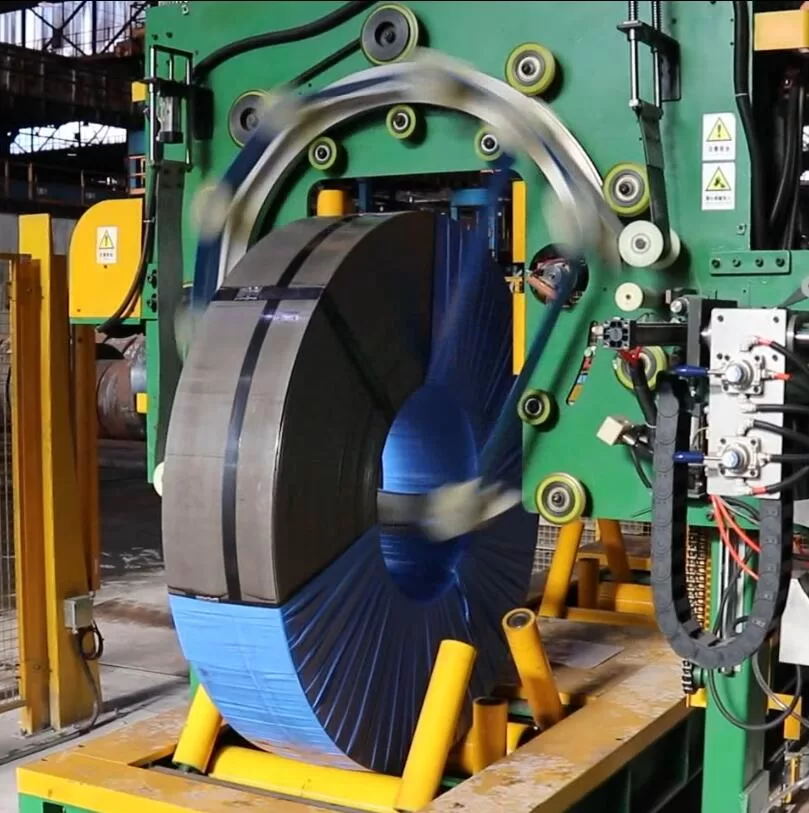
| Elongation | Minimal | Moderate | High |
| Cost | Higher | Moderate | Lower |
| Corrosion Resistance| Can be susceptible; coated options available | Excellent | Good |
| Recyclability | Excellent | Good | Limited |
| Applications | Heavy-duty, sharp edges, high-temperature products| Medium-heavy duty, UV resistance needed | Light-medium duty, cost-sensitive applications |
| Sharp Edge Resistance | Excellent | Good | Poor |
Applications of Recycled Steel Strapping Bands
Recycled steel strapping is ideal for various industries and applications, including:
- Metal Industry: Securing heavy metal coils, sheets, and pipes.
- Construction: Bundling lumber, bricks, and other building materials.
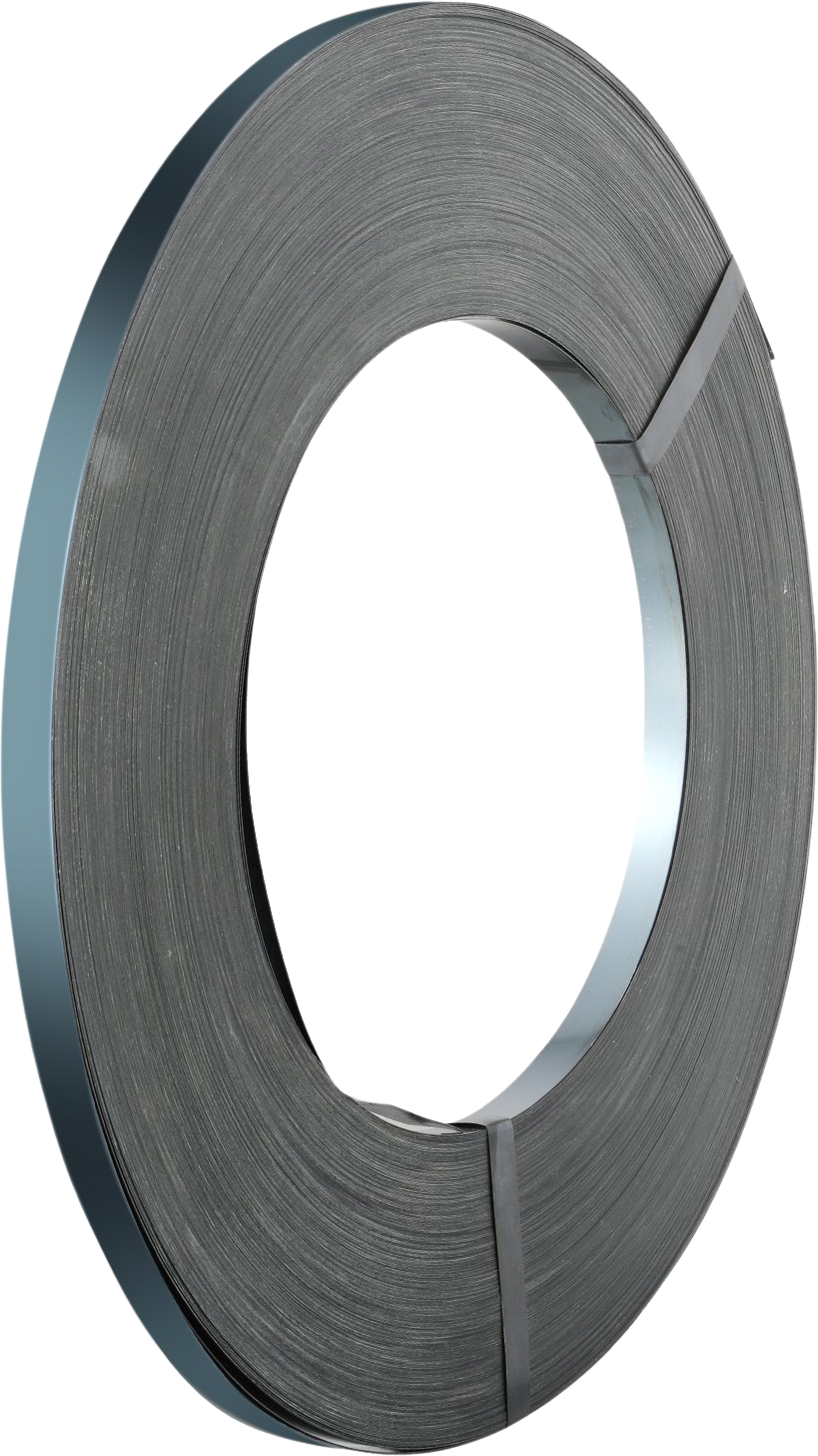
- Shipping and Logistics: Securing palletized goods in transportation.
- Recycling: Baling recyclable materials like paper, cardboard, and plastics.
Sustainability in Steel Strapping: The Circular Economy
Steel’s inherent recyclability makes it a prime example of a circular economy material. Recycled steel strapping not only reduces waste but also lowers the energy consumption associated with steel production. By choosing recycled steel, businesses can contribute to a more sustainable future.
Steel Band Quality and Its Impact on Performance
The quality of the steel band directly impacts its performance and reliability. High-quality recycled steel strapping should meet stringent standards for tensile strength, elongation, and corrosion resistance. Reputable manufacturers employ rigorous testing procedures to ensure their products meet these requirements.
Factors to Consider When Selecting Recycled Steel Strapping Bands
Choosing the right recycled steel strapping band for your needs requires careful consideration of several factors: - Load Weight and Size: The weight and dimensions of the load will determine the required strap width and thickness.
- Environmental Conditions: The environment of your workspace will also determine the kind of strap you select.
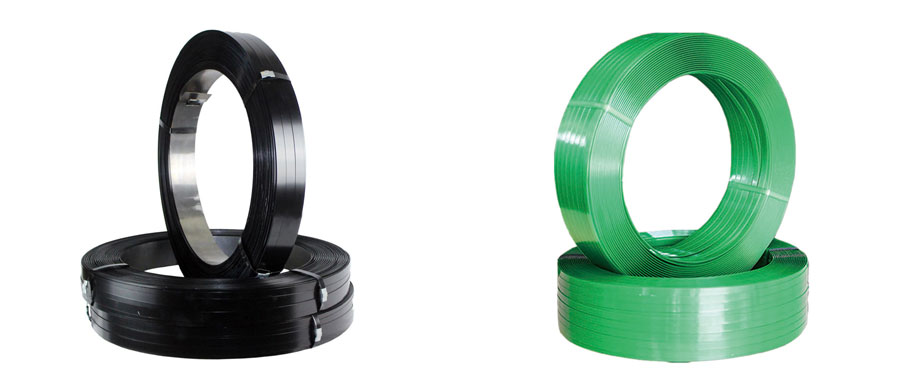
- Application Method: Manual, semi-automatic, or automatic strapping systems require different strap characteristics.
- Safety Requirements: The right strapping material must have certain safety requirements to maintain the integrity of your employee and the integrity of your facilities.
- Budget: Determine your budget for what kind of strap is most affordable for the business.
The Future of Recycled Steel Strapping
As industries increasingly prioritize sustainability, recycled steel strapping is poised to become even more prevalent. Ongoing innovations in steel production and recycling technologies will further enhance the performance and environmental benefits of this material.
Conclusion
Recycled steel strapping bands offer a robust, reliable, and sustainable solution for heavy-duty load securement. By choosing recycled steel, businesses can reduce their environmental impact while maintaining the strength and durability required for demanding applications. As technology advances and sustainability becomes more critical, recycled steel strapping will continue to play a vital role in the circular economy.
